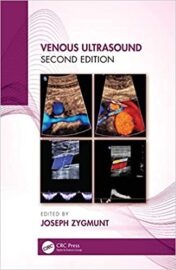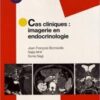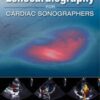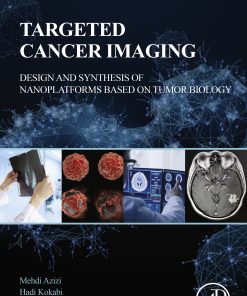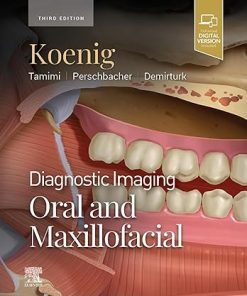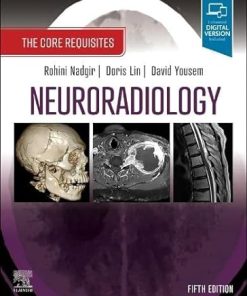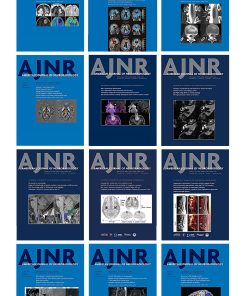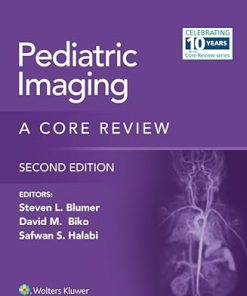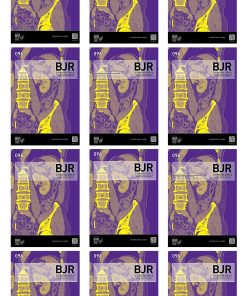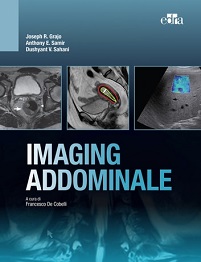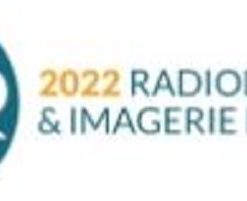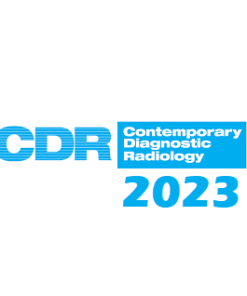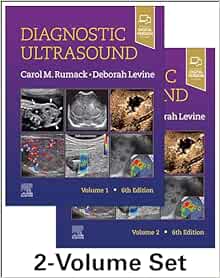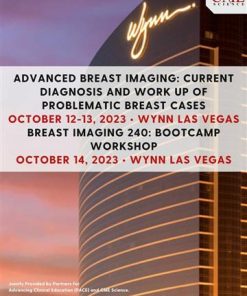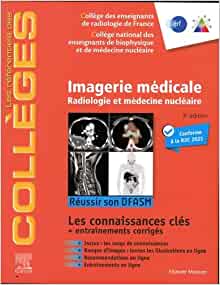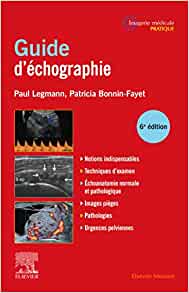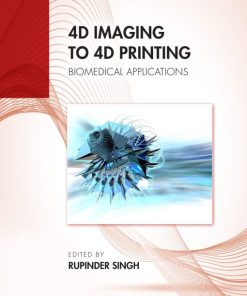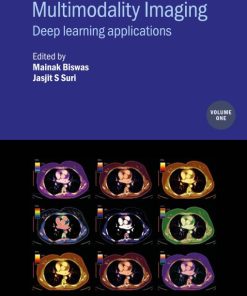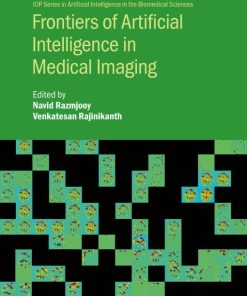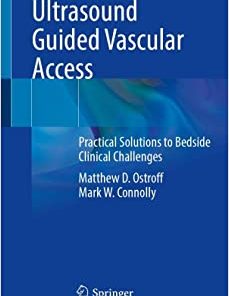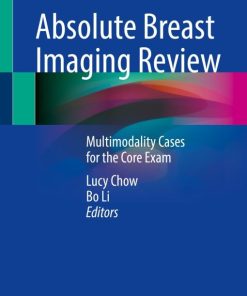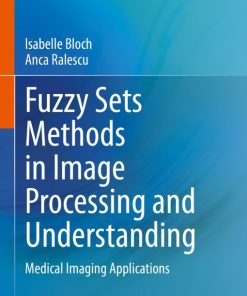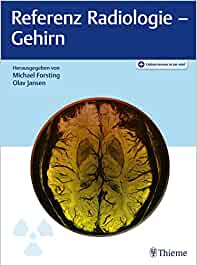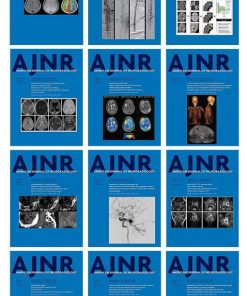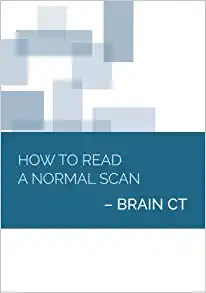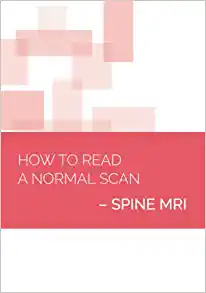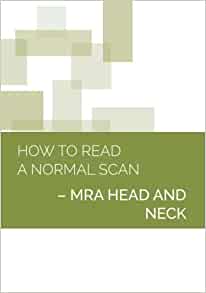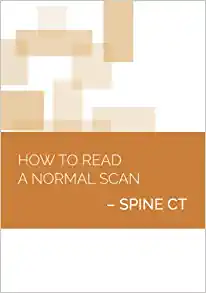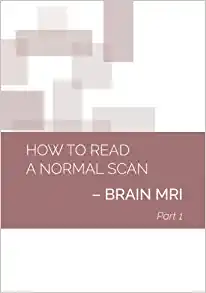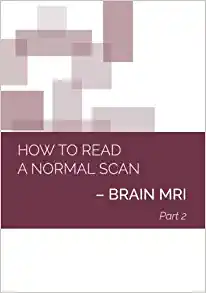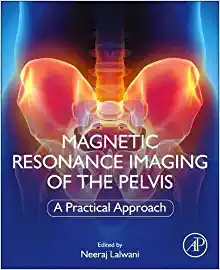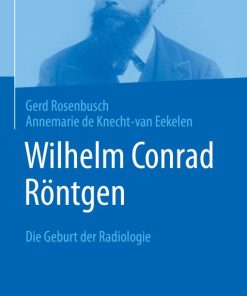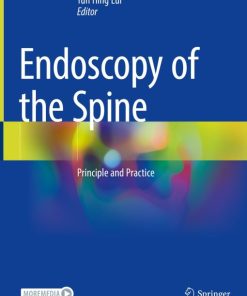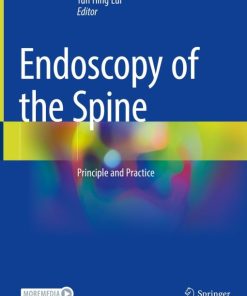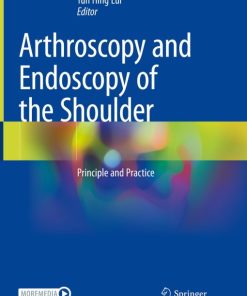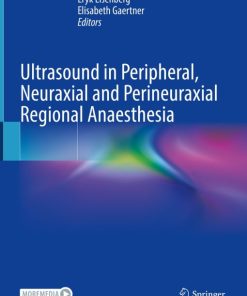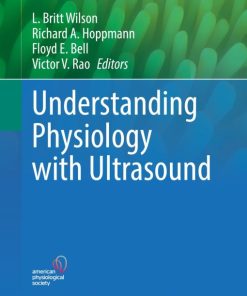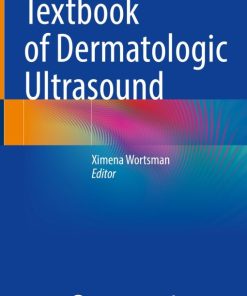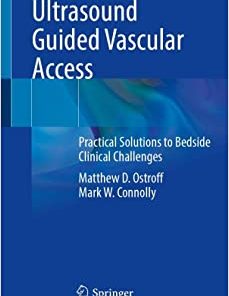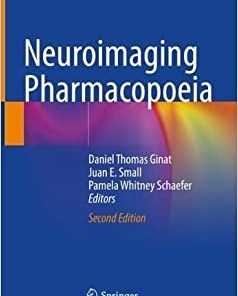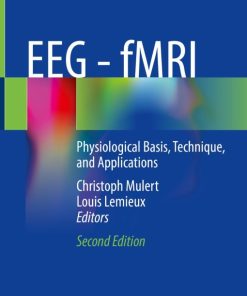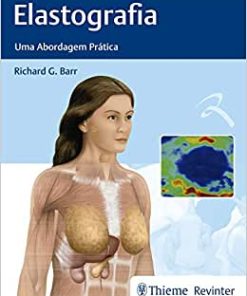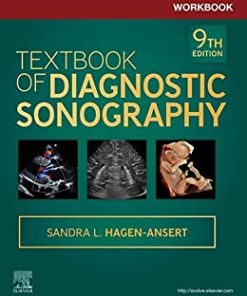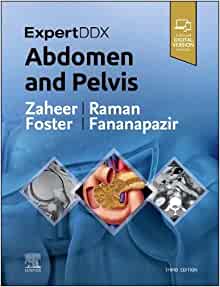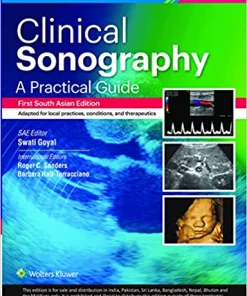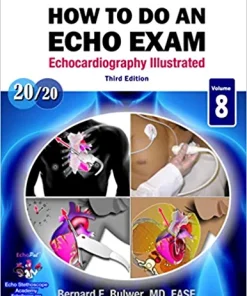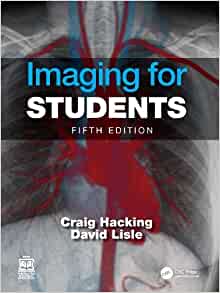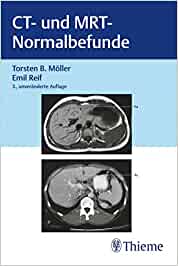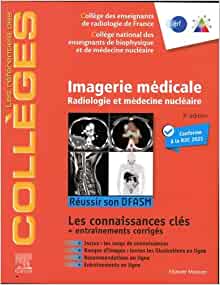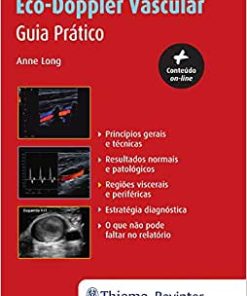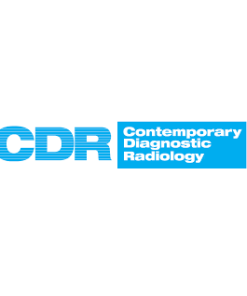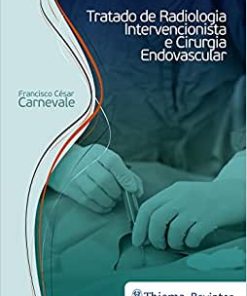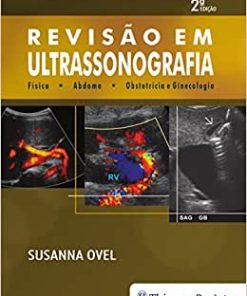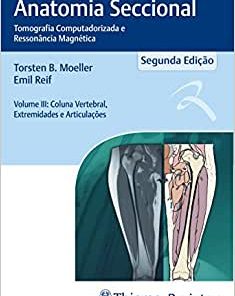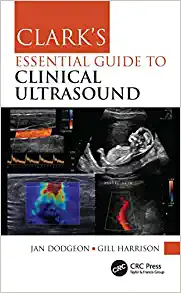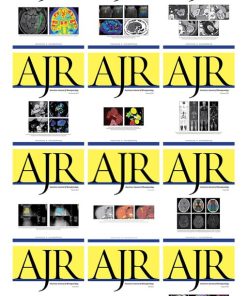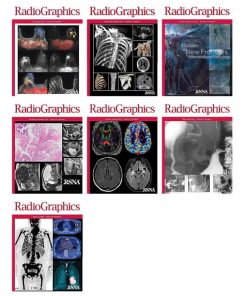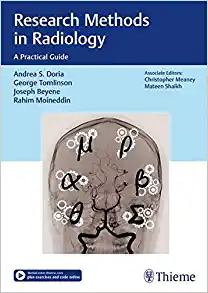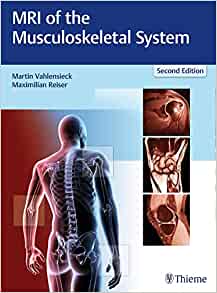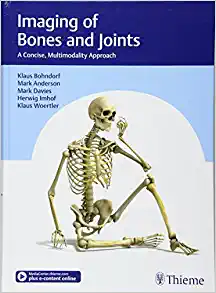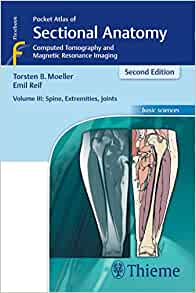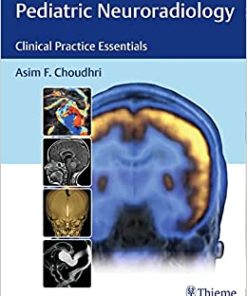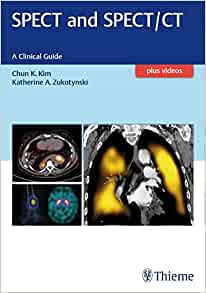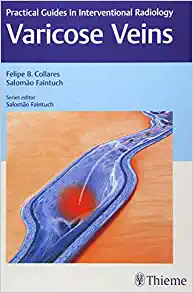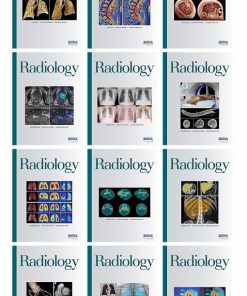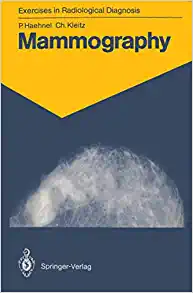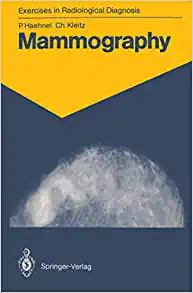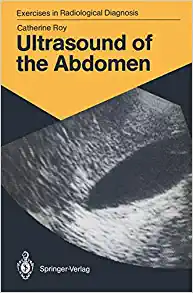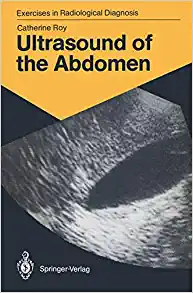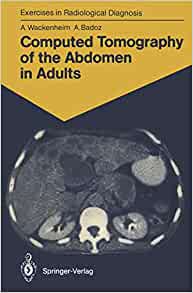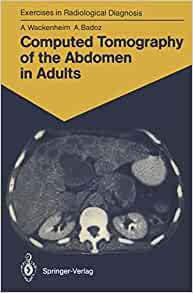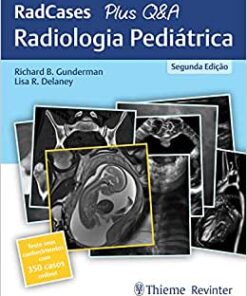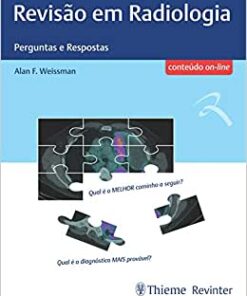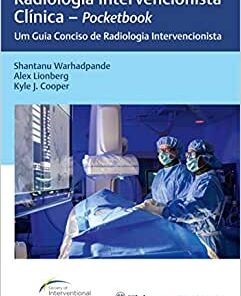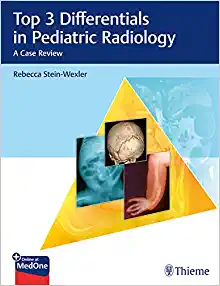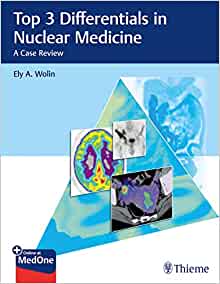Venous Ultrasound, 2ed (Original PDF)
Venous Ultrasound 2e is the essential text for anyone involved in the treatment of chronic venous disease. It provides specific information on ultrasound as it is applied to chronic insufficiency, including history, general techniques, examples of anatomy, and protocols for performing ultrasound on patients, and discussions on key aspects of interpretation of sonographic findings.
Updated to include the outcome and impact of three recent studies, the ATTRACT trial, the EVRA study, and the VIDIO imaging trial. An entire chapter is dedicated to iliac venous and stent imaging for those interested in expanding practice based on the mentioned studies. Also included is specific protocol for imaging of the pelvic area with focus on the pelvic congestion and reflux affecting this anatomic area. This text demonstrates that as imaging techniques improve, so too will the understanding of venous pathologies increase and the burdens of their respective pathologies. Pelvic Congestion, iliofemoral and late stage disease can be interrogated with a non-invasive approach using the techniques included prior to interventional procedures.
This fully updated new edition includes coverage of new ablation techniques which include non- thermal and non- tumescent therapies for venous insufficiency – these have unique ultrasound properties on what to see, look for and observe in intra and post- operative situations.
Focusing on the fundamentals that every phlebologist needs to know, the color illustrations and numerous line drawings complement the text for a complete learning experience.
Key features:
- Covers anatomy related to venous insufficiency and obstruction
- Protocols with step by step approaches for those new to certain exams
- Includes useful diagrams and images to aid understanding
- Thoroughly up to date, with all the latest information for those practicing venous therapies
Venous Ultrasound 2e is valuable for sonographers and physicians alike; including phlebologists, general and vascular surgeons, physicians, radiologists, angiologists, interventional cardiologist, mid-levels, and nurses who work in this area.
Related Products
Radiology Books
American journal of Neuroradiology 2023 Full Archives (True PDF)
Radiology Books
Radiology Books
Radiology Books
American Journal of Roentogelogy 2023 Full Archives (True PDF)
Radiology Books
Contemporary Diagnostic Radiology 2023 Full Archives (True PDF)
Radiology Books
Radiology Books
Advances in Medical Imaging, Detection, and Diagnosis (EPUB)
ORTHOPAEDICS SURGERY
PLASTIC & RECONSTRUCTIVE SURGERY
The Aesthetic Society Nuances in Injectables The Next Beauty Frontier 2022
Radiology Books
Radiology Books
Radiology Books
Tumor Imaging: CT Colonography Online Course 2022 (CME VIDEOS)
Radiology Books
Radiology Books
Radiology Books
Radiology Books
Multimodality Imaging, Volume 1 (Original PDF from Publisher)
Radiology Books
Absolute Breast Imaging Review (Original PDF from Publisher)
Radiology Books
Radiology Books
American journal of Neuroradiology 2022 Full Archives (True PDF)
Radiology Books
How to Read a Normal Scan : Brain CT (High Quality Image PDF)
Radiology Books
How to read a Normal Scan: Spine MRI (High Quality Image PDF)
Radiology Books
How to Read a Normal Scan : SPINE CT (High Quality Image PDF)
Radiology Books
Radiology Books
Fuzzy Sets Methods in Image Processing and Understanding (EPUB)
Radiology Books
Radiology Books
Radiology Books
Radiology Books
Radiology Books
Imaging for Students, 5th Edition (Original PDF from Publisher)
Radiology Books
Radiology Books
Eco-Doppler Vascular: Guia Prático (Original PDF from Publisher)
Radiology Books
Contemporary Diagnostic Radiology 2021 Full Archives (True PDF)
Radiology Books
American Journal of Roentogelogy 2022 Full Archives (True PDF)
Radiology Books
Radiology Books
Radiology Books
Radiology Books
Radiology Books
Top 3 Differentials in Pediatric Radiology: A Case Review (EPUB)
Radiology Books
Top 3 Differentials in Nuclear Medicine: A Case Review (EPUB)

